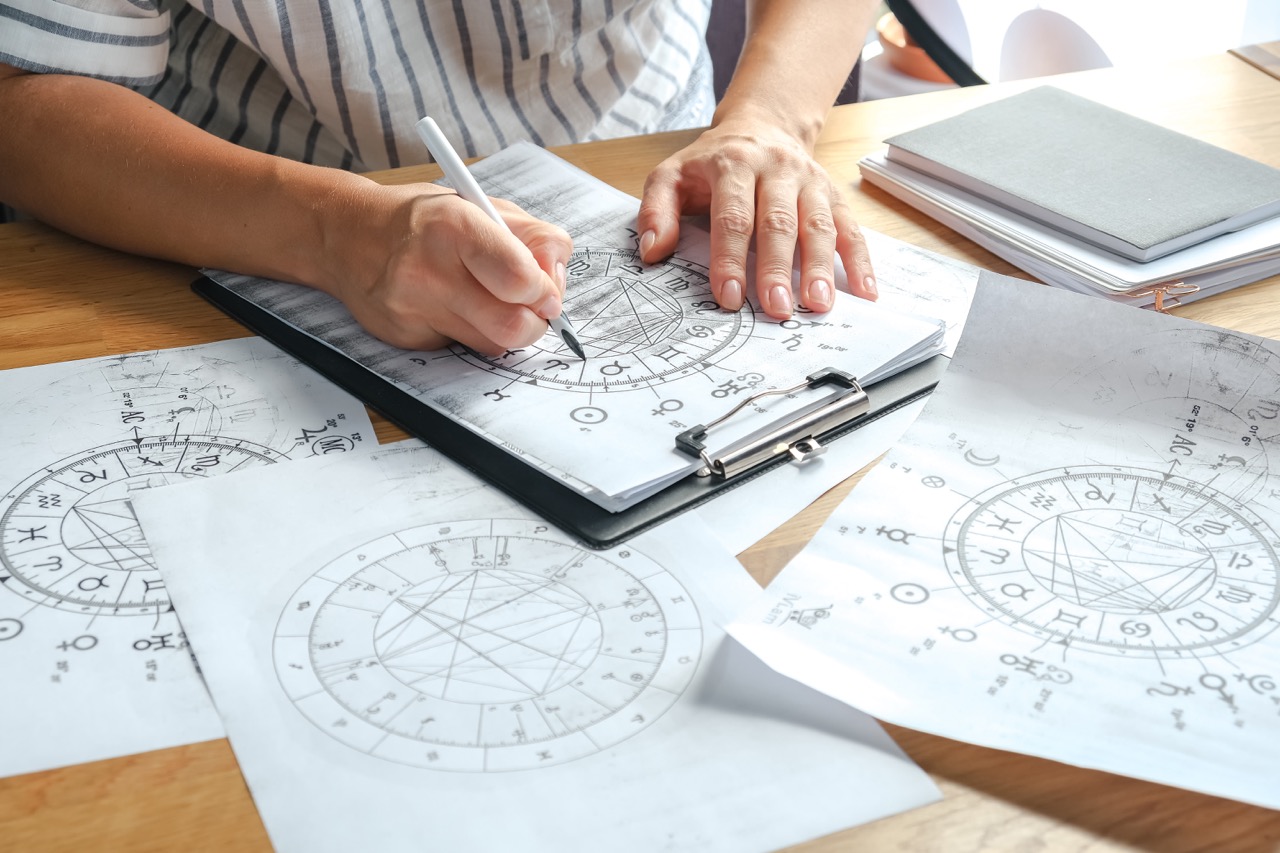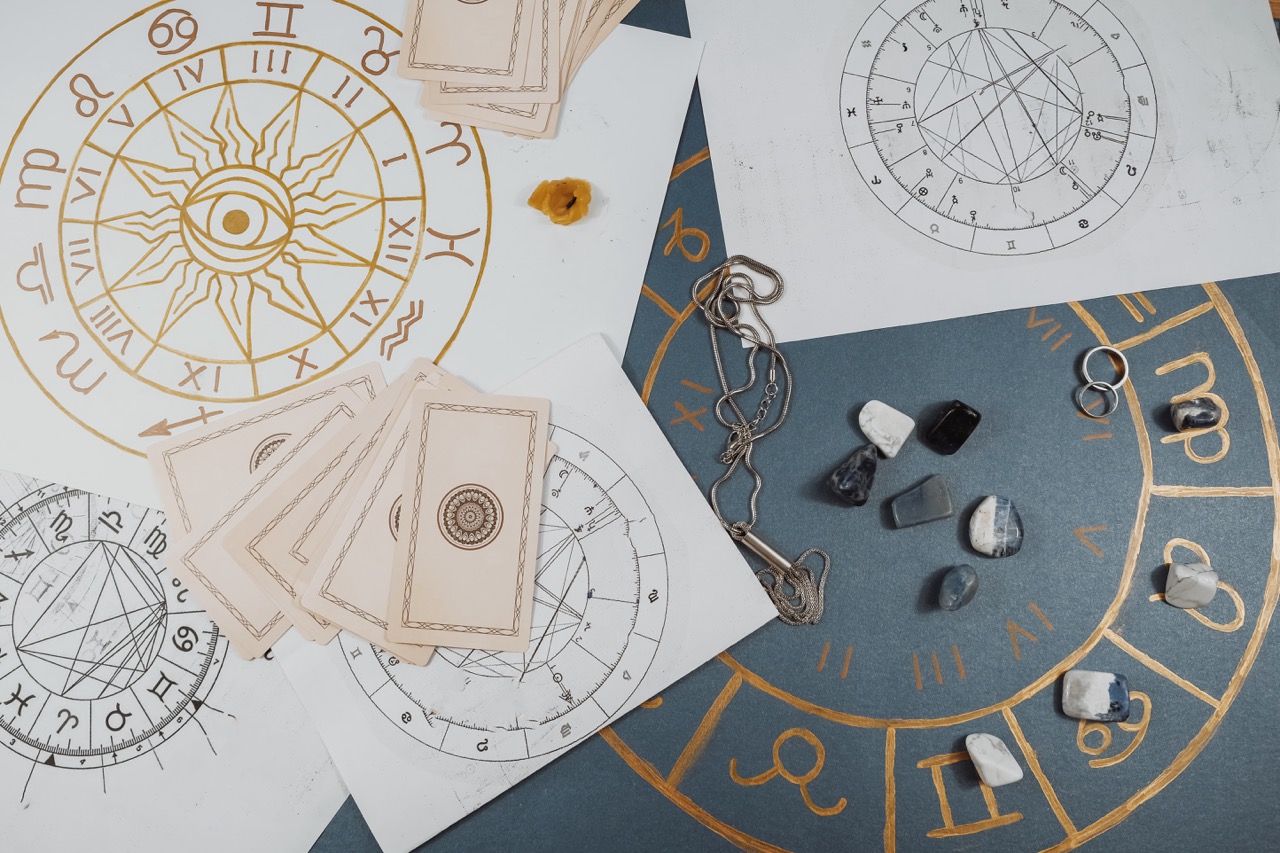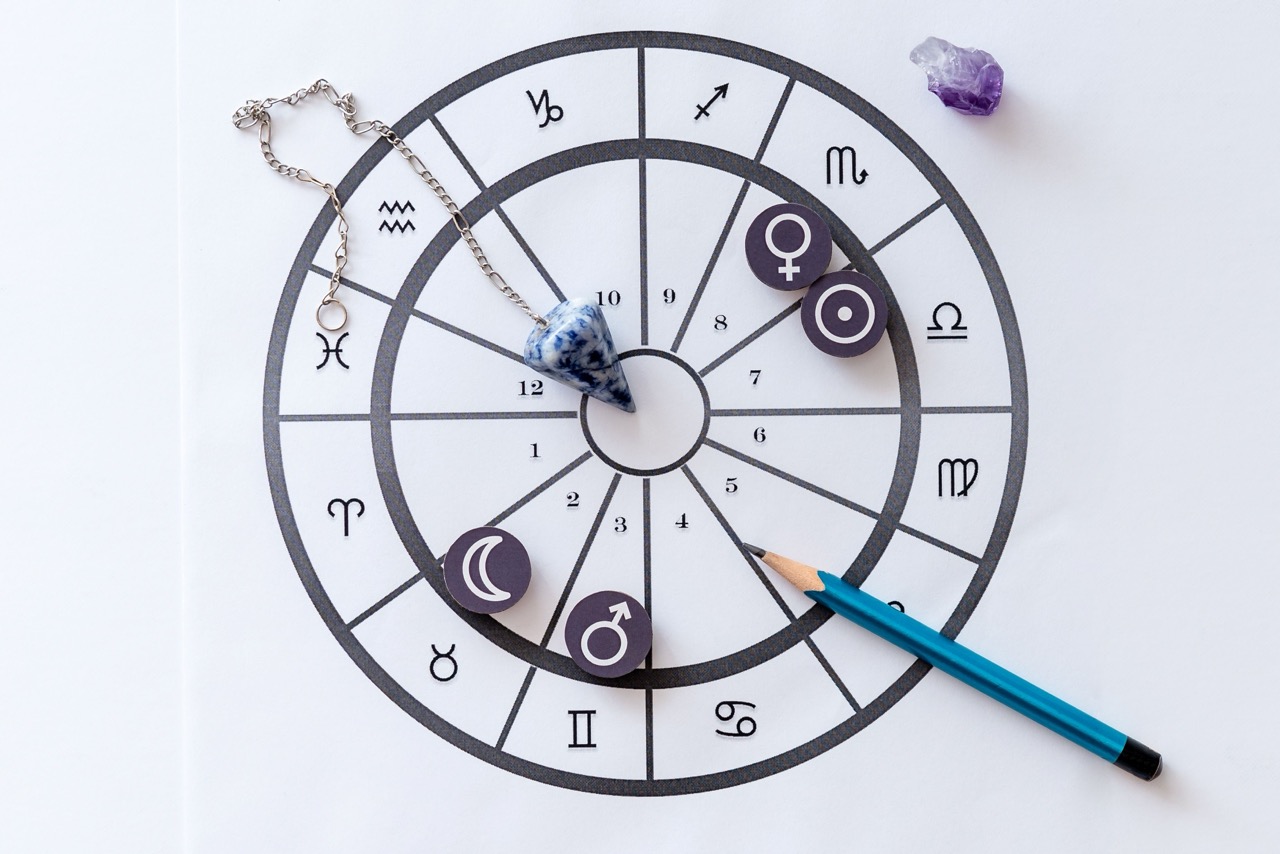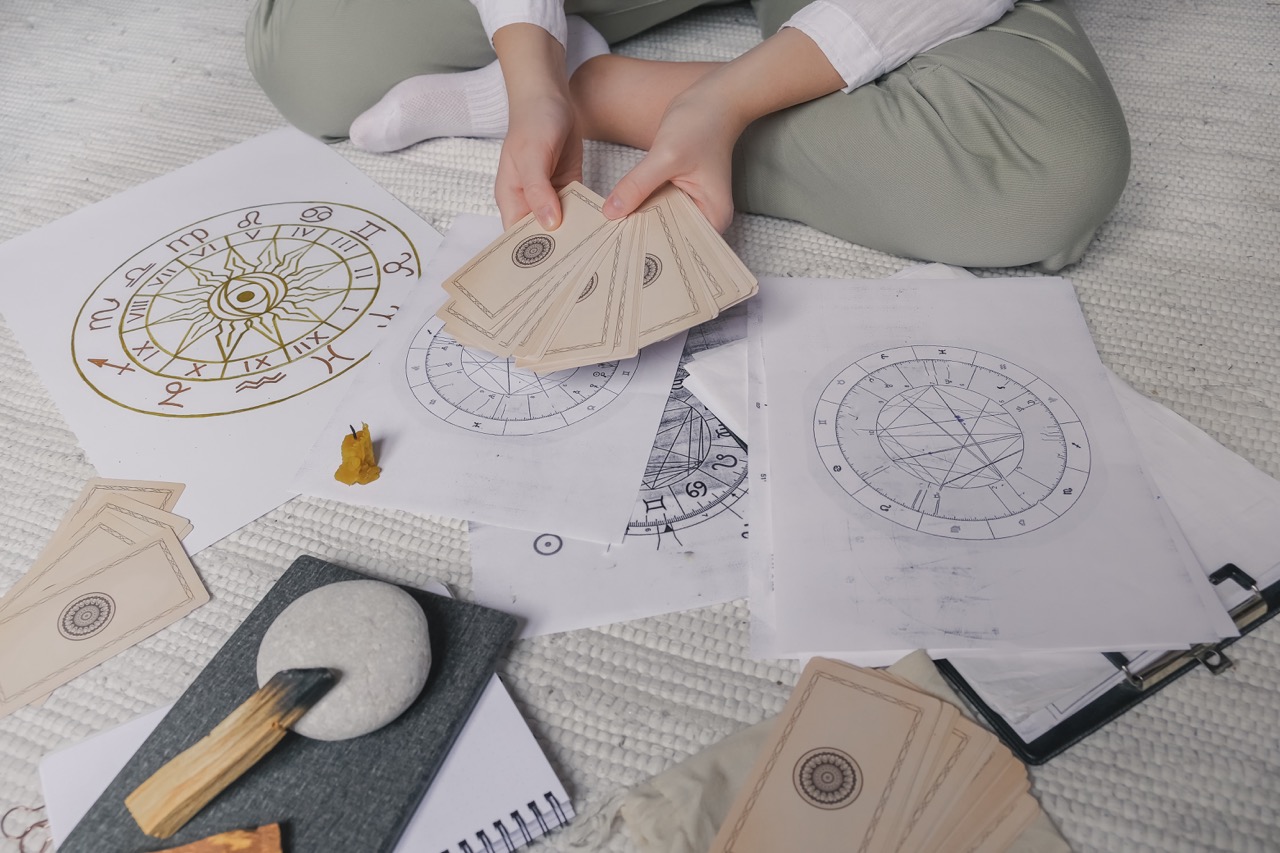In the age of globalization, astrological beliefs from East and West have woven themselves into the fabric of everyday life, influencing decisions ranging from romantic partnerships to career paths. At the heart of this ancient practice lies the Chinese Zodiac and Western Astrology—two systems that, while both seeking to illuminate the human experience, diverge in profound ways. This exploration of their key differences invites you to unravel the mysteries of how celestial influences shape our lives, personalities, and relationships.
Unveiling the Mysteries: Eastern vs. Western Astrology
Eastern and Western astrology each emerge from rich cultural tapestries, offering insights into the human experience through different lenses. Chinese Zodiac is deeply rooted in a lunar calendar, emphasizing the cyclical nature of time and the importance of harmony with nature. It revolves around a twelve-year cycle, with each year represented by an animal, signifying different traits and energies. On the other hand, Western astrology is anchored in a solar calendar and follows the twelve signs of the zodiac, based on the constellations visible in the night sky at the time of one’s birth. This orientation towards the solar cycle emphasizes individual personality traits influenced by the positioning of celestial bodies.
Another key difference lies in the interpretation of time. In Chinese astrology, each animal year is believed to influence the character of individuals born within that year, creating a collective energy that binds people under the same sign. In contrast, Western astrology dives deeper into the intricacies of the birth chart, considering not only one’s sun sign but also the moon sign and the rising sign, creating a multifaceted tapestry of personality. The Western approach underscores the uniqueness of the individual, while the Eastern perspective portrays a communal identity shaped by the cyclical nature of life.
This fundamental divergence in approach sets the stage for how each system interprets human behavior and destiny. While Western astrology focuses on the complex interplay of celestial influences and their nuances, the Chinese Zodiac emphasizes the importance of harmonizing with the energies of the year. This contrast not only reflects differing worldviews but also enriches the astrological dialogue, inviting followers to explore both systems for deeper understanding.
The Twelve Animals: A Journey Through the Chinese Zodiac
The Chinese Zodiac’s twelve animals—Rat, Ox, Tiger, Rabbit, Dragon, Snake, Horse, Goat, Monkey, Rooster, Dog, and Pig—each carry unique characteristics that shape a person’s destiny. For instance, those born in the Year of the Rat are often seen as quick-witted and resourceful, able to navigate life’s obstacles with ease. In contrast, the Ox symbolizes diligence, dependability, and an unwavering work ethic. This system creates a cycle of traits that not only define individuals but also foster a sense of community through shared experiences tied to the animal of the year.
Moreover, the Chinese Zodiac intertwines with the five elements—Wood, Fire, Earth, Metal, and Water—creating a more complex web of characteristics. Each animal not only has its inherent traits but is also influenced by its elemental association every two years. For example, a Water Rabbit may exhibit different qualities than a Fire Rabbit, adding layers of depth to one’s personality. This elemental interaction enhances the interpretative richness of the Chinese Zodiac, demonstrating how nature’s forces contribute to human character.
Furthermore, the cyclical nature of the Chinese Zodiac emphasizes the belief in renewal and transformation. People born in different years may share traits, but they also carry the potential for growth and change as they traverse the twelve-year cycle. This perspective encourages individuals to embrace their year’s animal while also considering the lessons and experiences that come with each new cycle, fostering a continuous journey of self-discovery and development.
Celestial Bodies: Planets vs. Lunar Cycles in Astrology
At the heart of Western astrology lies a profound relationship with celestial bodies, particularly planets. The movement of planets like Mercury, Venus, Mars, and Jupiter through the zodiac signs creates intricate relationships that impact an individual’s life. Each planet governs specific aspects of personality and life events, revealing layers of meaning that are unique to each birth chart. The dynamic interactions between these celestial bodies offer a roadmap, helping individuals navigate personal challenges, opportunities, and growth.
Conversely, Chinese astrology places a stronger emphasis on the lunar calendar. Each year is marked by the transition of the moon, which is believed to have a significant influence on personal traits and yearly fortunes. This lunar aspect resonates deeply with nature’s cycles, fostering a connection between individuals and the rhythms of the Earth. While Western astrology emphasizes the precise positioning of planets at the time of birth, Chinese astrology invites a broader understanding of one’s relationship with the cyclical energies of time.
The differences in celestial focus affect how practitioners of each system perceive and interpret astrological influences. Western astrology’s detailed examination of planetary movements requires a nuanced understanding of transits and aspects, creating a complex framework for analysis. In contrast, the Chinese Zodiac’s lunar perspective invites a more communal understanding of time, encouraging individuals to embrace the changes that each new year brings. These unique approaches enrich the astrological experience, offering distinct pathways to self-awareness and personal growth.
Character Traits: How Zodiac Signs Shape Our Personalities
One of the most compelling aspects of both the Chinese Zodiac and Western astrology is their ability to shape our understanding of personality. In the Western system, each of the twelve zodiac signs encompasses a range of traits, behaviors, and tendencies. For example, a Leo is characterized by confidence, creativity, and a flair for the dramatic, while a Virgo is known for its analytical mind and attention to detail. The interplay of sun, moon, and rising signs creates a nuanced depiction of personality, revealing the complexities that make each individual unique.
In contrast, the Chinese Zodiac offers a different perspective on character traits that are often tied to the specific year in which a person is born. For instance, individuals born in the Year of the Tiger are often seen as brave and competitive, while those born in the Year of the Sheep are viewed as gentle and compassionate. The emphasis on animal signs creates a sense of collective identity, with shared traits fostering community bonds. This perspective nurtures a sense of belonging among those who share the same zodiac animal, creating a shared language around personality and behavior.
However, the interpretation of character traits in both systems can be subjective, influenced by cultural context, personal experiences, and individual growth. Both the Chinese Zodiac and Western astrology provide insights that can guide self-reflection and personal development, but they also serve as reminders of the fluidity of human nature. While the systems may differ in their approach to defining personality, they both celebrate the rich tapestry of human experience, inviting followers to explore their inner selves through the lens of the stars.
Compatibility Chronicles: Love in the Stars and Beyond
When it comes to love and relationships, both Chinese Zodiac and Western astrology offer intriguing insights into compatibility. In the Western context, compatibility is often assessed through the sun signs, where elements such as Fire, Earth, Air, and Water influence relationship dynamics. For example, a passionate Fire sign like Aries may find harmony with a free-spirited Air sign like Gemini, while Earth signs such as Taurus and Virgo may appreciate each other’s grounded nature. Astrologers analyze the interplay of signs to provide guidance on romantic pairings, revealing potential strengths and challenges.
In the Chinese Zodiac, compatibility is determined through the relationships between the twelve animals. Each animal has a unique affinity for others, creating a framework of harmony and discord. For instance, the Rat and Dragon are believed to share a dynamic bond, while the Rat may clash with the Horse. This system not only considers the personal traits of each animal but also the cyclical nature of their interactions, offering a holistic view of relationships in the context of time and energy.
While both systems provide valuable insights into compatibility, they also highlight the importance of individual growth and understanding in relationships. Western astrology emphasizes the need for communication, emotional connection, and mutual respect, while the Chinese Zodiac underscores the significance of timing and harmony. Whether one finds guidance through the zodiac signs or animal archetypes, the journey towards love remains a deeply personal experience, colored by unique circumstances and individual choices.
Finding Balance: Integrating Eastern and Western Beliefs
As globalization fosters cross-cultural exchanges, many individuals are now seeking to integrate Eastern and Western astrological beliefs into their lives. This fusion offers a comprehensive understanding of oneself and the world, blending the collective wisdom of both systems. By exploring the twelve animals of the Chinese Zodiac alongside the intricate birth charts of Western astrology, one can cultivate a rich tapestry of knowledge that informs personal development, relationships, and life choices.
Integrating these two perspectives encourages a broader understanding of human experience and individuality. It allows one to appreciate the cyclical nature of time and the significance of shared traits while also embracing the complexity of personal identity revealed through planetary movements. This synthesis invites individuals to reflect on their connection to both the cosmic and natural worlds, fostering a sense of harmony between the two realms.
Moreover, this blending of beliefs fosters a spirit of openness and curiosity, inspiring individuals to explore the wisdom each system offers. Whether navigating the challenges of life or celebrating moments of joy, the integration of Eastern and Western astrology cultivates a more profound understanding of oneself and one’s place in the universe, ultimately enriching the journey of self-discovery.
In the kaleidoscopic world of astrology, the Chinese Zodiac and Western astrology present two distinct pathways towards understanding the depths of human experience. Both systems illuminate aspects of personality, relationships, and life’s ebbs and flows, offering valuable insights into our journeys. By embracing the unique perspectives of Eastern and Western beliefs, we can weave a rich narrative of our existence, allowing the stars to guide us as we navigate the complexities of life. The celestial dance of these two traditions invites us to find harmony within ourselves and with the world around us, encouraging a journey of introspection and growth that transcends cultural boundaries.




